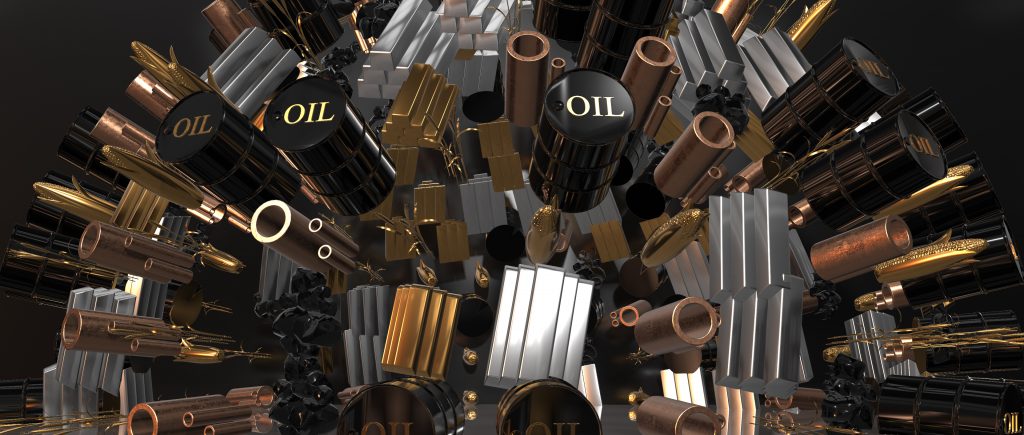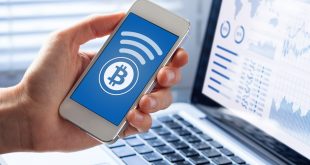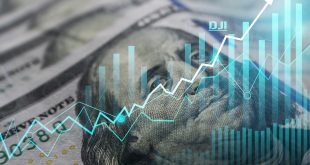Exchanges and brokers are demanding more money up front to trade oil, wheat and natural gas, straining markets already dealing with supply disruptions from the Ukraine war. Commodity prices are hot right now. But the prices investors are paying in the open market for commodities like coffee, copper or corn can have little to do with the price customers pay at the store.
Commodity traders are being hit by huge cash requests from banks and exchanges, propelling whipsaw moves in markets and hindering the movement of materials beyond Russia and Ukraine. The outbreak of war sparked steep price changes by clogging commodity shipments in the Black Sea and leading Western importers to shun Russian exports. A vicious financial cycle is exacerbating the volatility and could worsen shortages in some parts of the world, traders say.
Oil and commodity markets have been taking out fresh highs after the shuttering of Ukrainian ports, sanctions against Russia, and disruption in Libyan oil production sent energy, crop, and metal buyers scrambling for replacement supplies. Russia is one of the world’s biggest exporters of key raw materials, from crude oil and gas to wheat and aluminum, and the possible exclusion of supplies from the country due to sanctions has sent traders and importers into a frenzy.
Base metals prices have been coming off recent highs (and in the case of aluminum, copper, and tin, all-time highs) set earlier in the month that were spurred by fears over the potential for disruption to Russia’s metal exports following its invasion of Ukraine. Broad-based supply concerns remain, ranging from the potential for sanctions targeting exports, to actual output disruption and logistical dislocations (see ‘Implications of the Russia-Ukraine crisis for metals’ for details).
But the Ukraine crisis is only layering onto another more powerful trend: the global transition to low-carbon energy. The energy transition is driving the next commodity supercycle, with immense prospects for technology manufacturers, energy traders, and investors. Clean energy technologies require more metals than their fossil fuel-based counterparts, with prices of green metals projected to reach historical peaks for an unprecedented, sustained period in a net-zero emissions scenario.
The rally in lithium hydroxide, used in high-nickel content cathode manufacture, is accelerating, up 120% so far this year, narrowing the discount to lithium carbonate, which historically is priced below hydroxide.
Benchmark says that Chinese inventory levels for hydroxide, carbonate, and spodumene feedstock remain very low, sustaining the high price environment:
Many investors who got burned by the last lithium price bust of 2018 have probably been watching on the sidelines, not sure what to make of the current mega-rally. China’s spot market, where small tonnages can have big price impacts, may be accentuating the scale of this mega-rally, but make no mistake about it: this is no false flag, with everything from mined spodumene to high-purity hydroxide, and every component of the lithium processing chain experiencing a wild price surge.
Demand Explosion
The last lithium boom five years ago was attributed to a failure by producers to anticipate the demand wave emanating from China’s subsidy-driven roll-out of EVs.
The subsequent supply response, particularly from hard-rock spodumene producers in Australia, proved to be overkill leading to the price bust of 2018-2020.
Consequently, new mines were mothballed, expansion projects were deferred, and many explorers folded operations and left to try their luck elsewhere.
Then suddenly, in a classic boom-bust-boom commodity cycle, it happened: lithium producers have been caught flat-footed again, ill-prepared to meet the current even stronger demand surge fueled by the global energy transition and EV revolution.
But the ongoing lithium boom has plenty of steam. EV and new energy vehicle (NEV) sales in the pivotal Chinese market jumped 157.5% to 3.52 million units in 2021, marking robust growth in an otherwise lackluster domestic automotive market.
Many electric buses in China have switched to lithium iron phosphate (LFP) batteries. Two years ago, Tesla Inc. introduced LFP batteries in its standard range Model 3s in China and dropped the starting price from 309,900 yuan ($48,080) to 249,900 yuan ($38,773). Last year, the EV kingpin Tesla announced that it’s switching battery chemistry for all standard-range Models 3 and Y from nickel cobalt aluminum (NCA) chemistry to an alternative, older technology that uses an LFP chemistry. CEO Elon Musk has revealed that the improving energy density of LFP batteries now makes it possible to use the cheaper, cobalt-free batteries in its lower-end vehicles so as to free up more battery supply of lithium-ion chemistry cells for Tesla’s other models.
But Chinese battery-makers are now discovering that you can play around with the metallic cathode mix as much as you want, but lithium still rules. In a recent report, Benchmark Intelligence says that record-high Chinese lithium carbonate prices have pushed the costs of lithium iron phosphate – or LFP cells – higher than high-nickel cells on a dollar per kilowatt-hour basis, compared to a deep discount historically.
Analysts have warned that the chaos in nickel metal markets may spill over onto the metal’s use in the battery supply chain, potentially reversing the LFP trend.

 Noor Trends News, Technical Analysis, Educational Tools and Recommendations
Noor Trends News, Technical Analysis, Educational Tools and Recommendations




